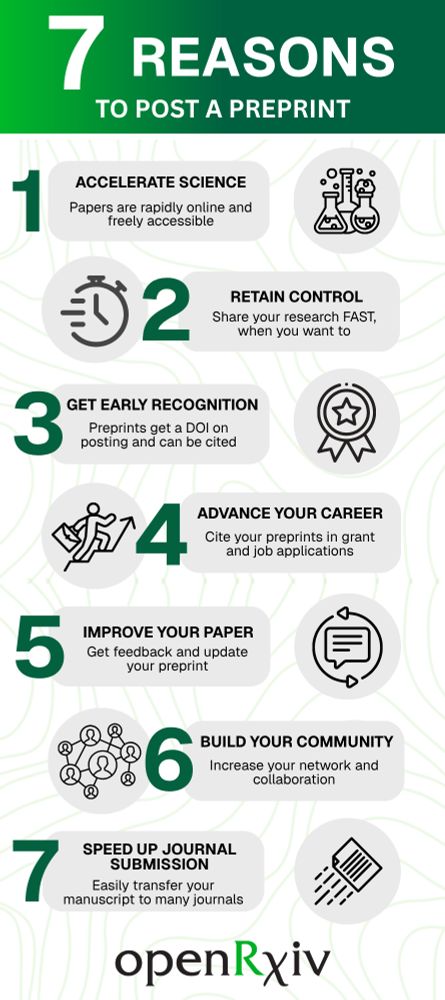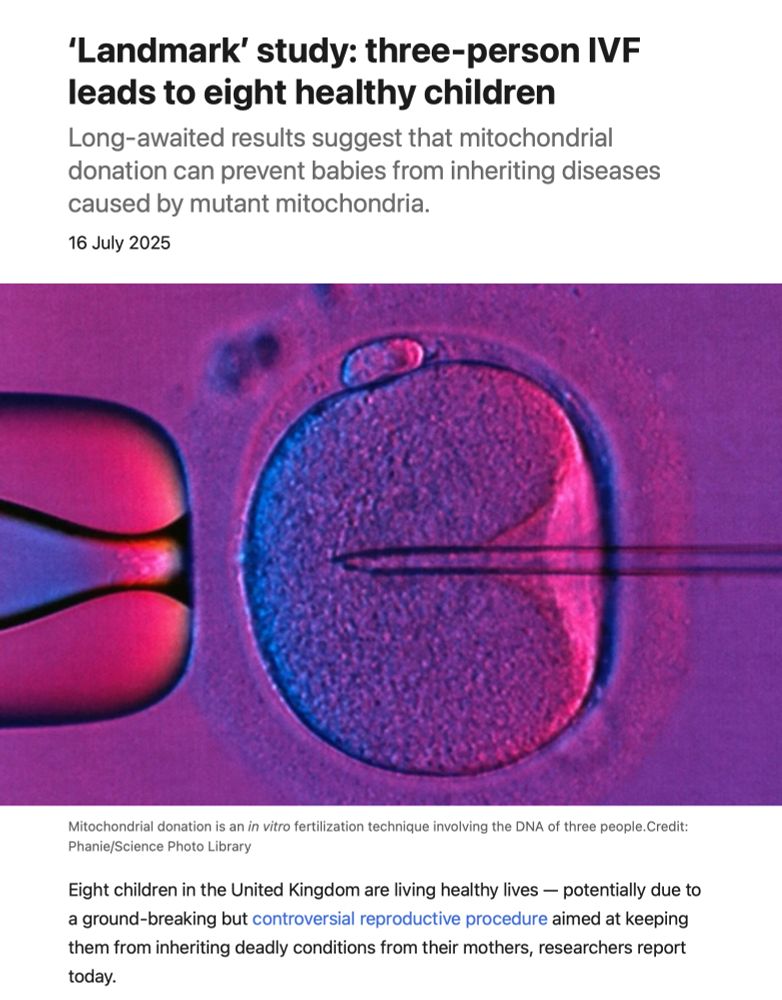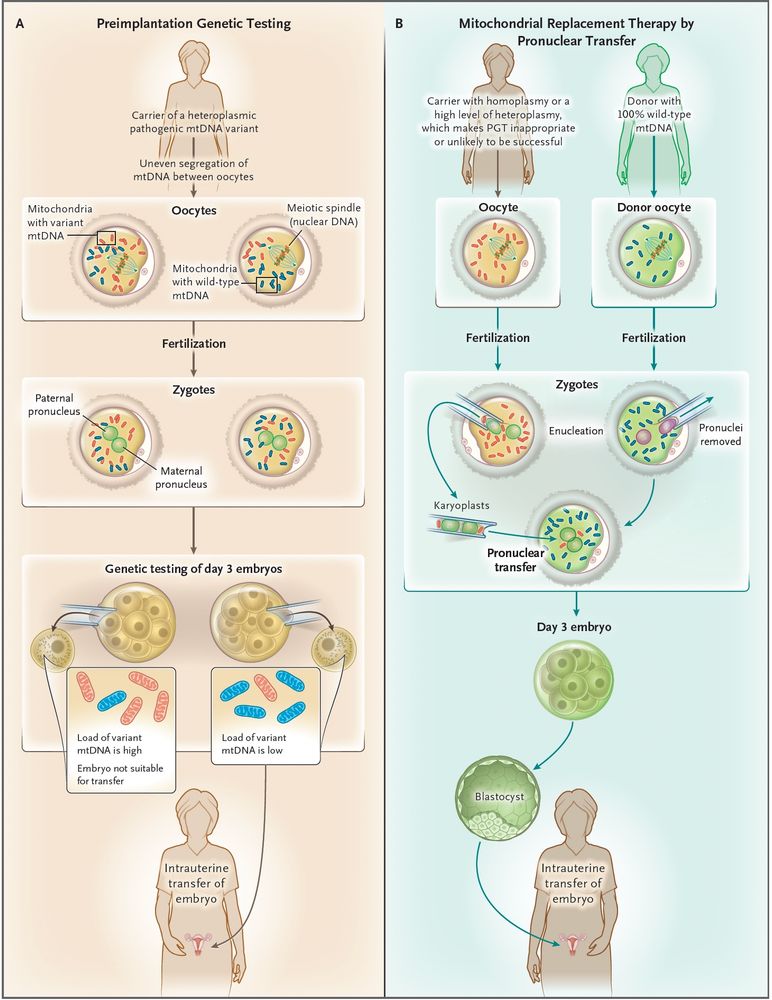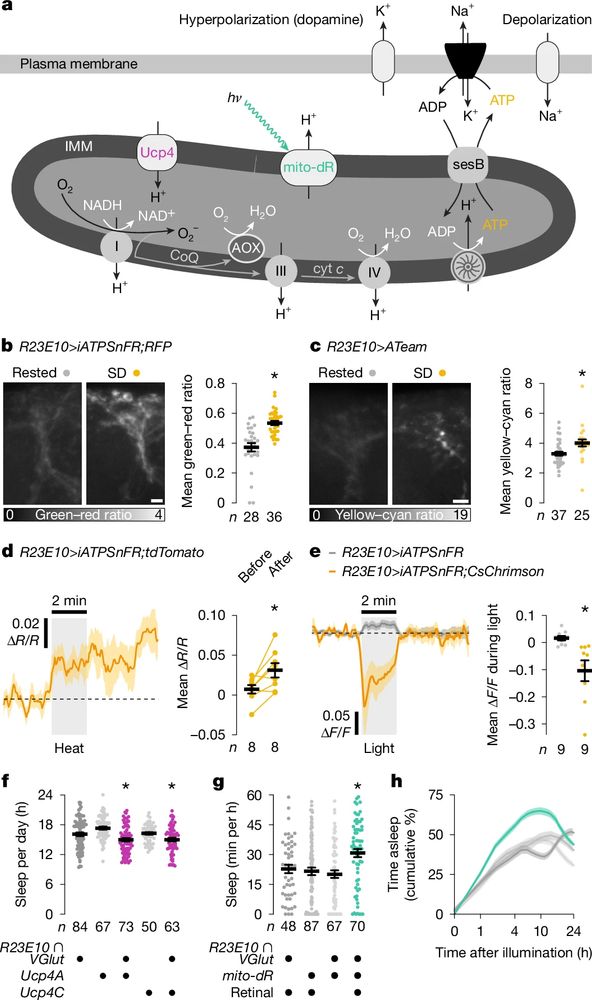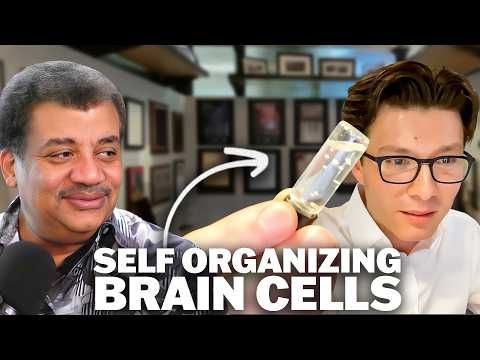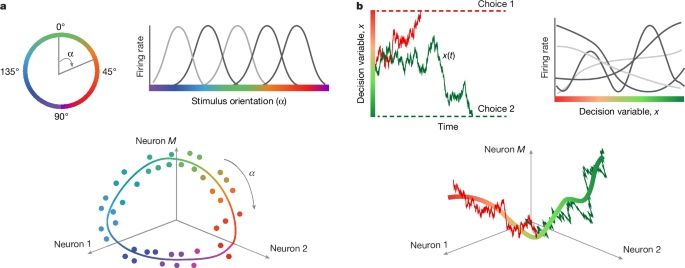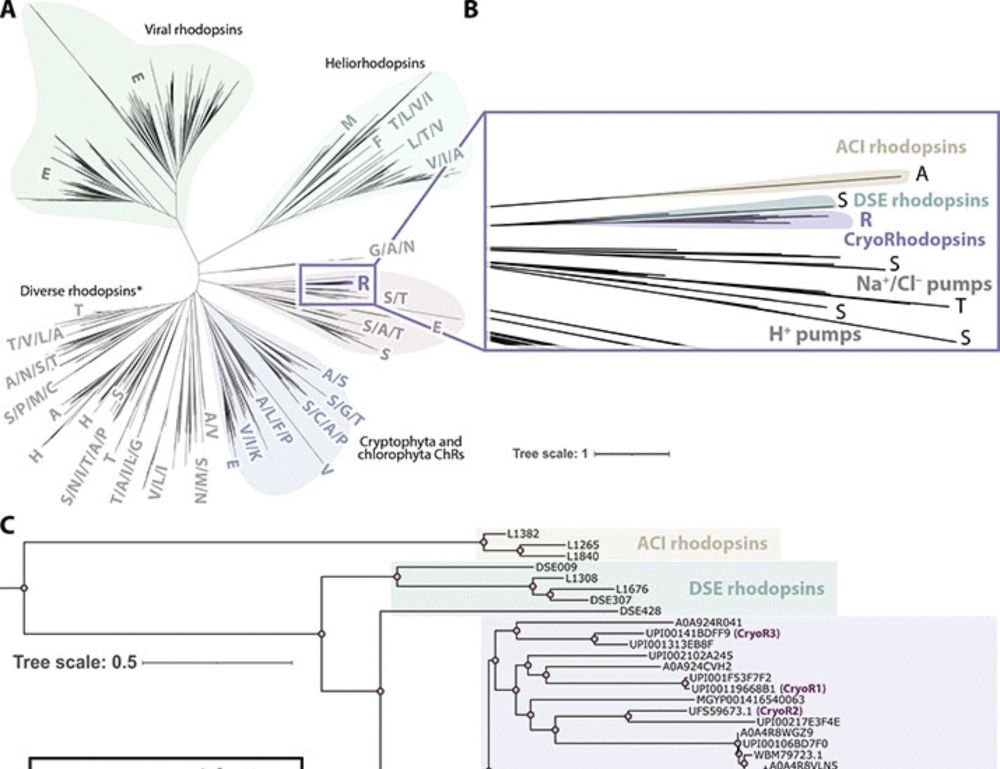Ben S. Huang
@ben-s-huang.bsky.social
950 followers
3.4K following
6 posts
Explorer of the Black Box
Posts
Media
Videos
Starter Packs
Reposted by Ben S. Huang
Reposted by Ben S. Huang
Reposted by Ben S. Huang
Reposted by Ben S. Huang
Reposted by Ben S. Huang
Ann Kennedy
@antihebbiann.bsky.social
· Aug 20
Theoretical neuroscience has room to grow
Nature Reviews Neuroscience - The goal of theoretical neuroscience is to uncover principles of neural computation through careful design and interpretation of mathematical models. Here, I examine...
www.nature.com
Ben S. Huang
@ben-s-huang.bsky.social
· Aug 20
Reposted by Ben S. Huang
Neuron
@cp-neuron.bsky.social
· Aug 19
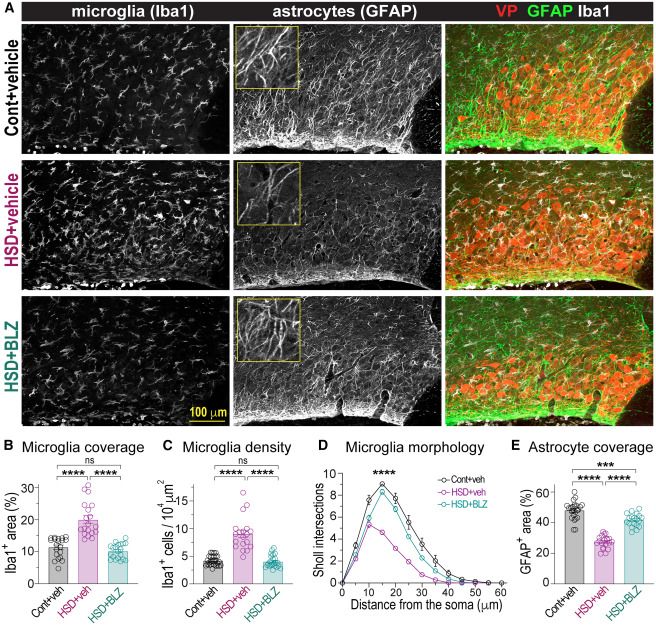
Microglia regulate neuronal activity via structural remodeling of astrocytes
Gu et al. showed that in rats fed a high-salt diet, reactive microglia accumulate around vasopressin-secreting neurons, phagocytosing astrocytic elements and pruning astrocytes. This causes glutamate spillover, increased neuronal activity, and excessive vasopressin release, contributing to salt-induced hypertension. The study reveals a novel mechanism by which microglia regulate synaptic transmission and neuronal activity through structural remodeling of astrocytes in the adult brain.
dlvr.it
Reposted by Ben S. Huang
Reposted by Ben S. Huang
Reposted by Ben S. Huang
Reposted by Ben S. Huang
Ching-Lung Hsu
@hiallen72.bsky.social
· Aug 8
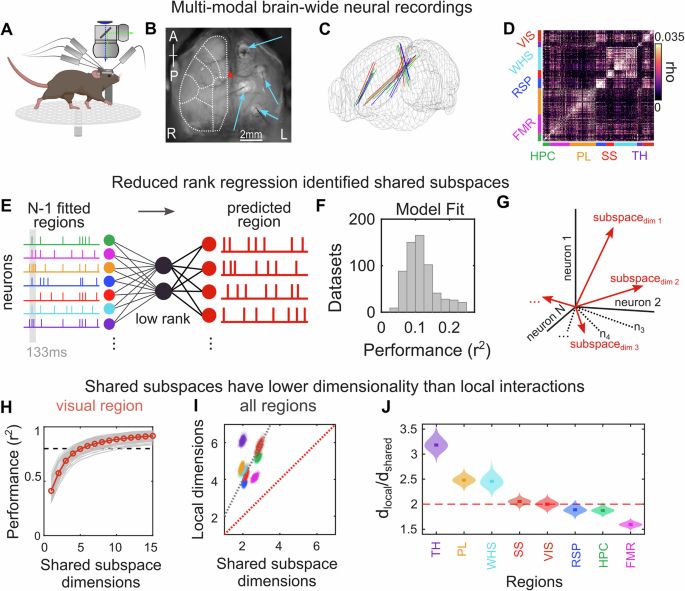
Multiplexed subspaces route neural activity across brain-wide networks - Nature Communications
How the brain flexibly engages different networks of regions to perform different cognitive processes remains unknown. Here, the authors show changing the geometry of a neural representation to align ...
www.nature.com
Reposted by Ben S. Huang
Allen Institute
@alleninstitute.org
· Jul 28
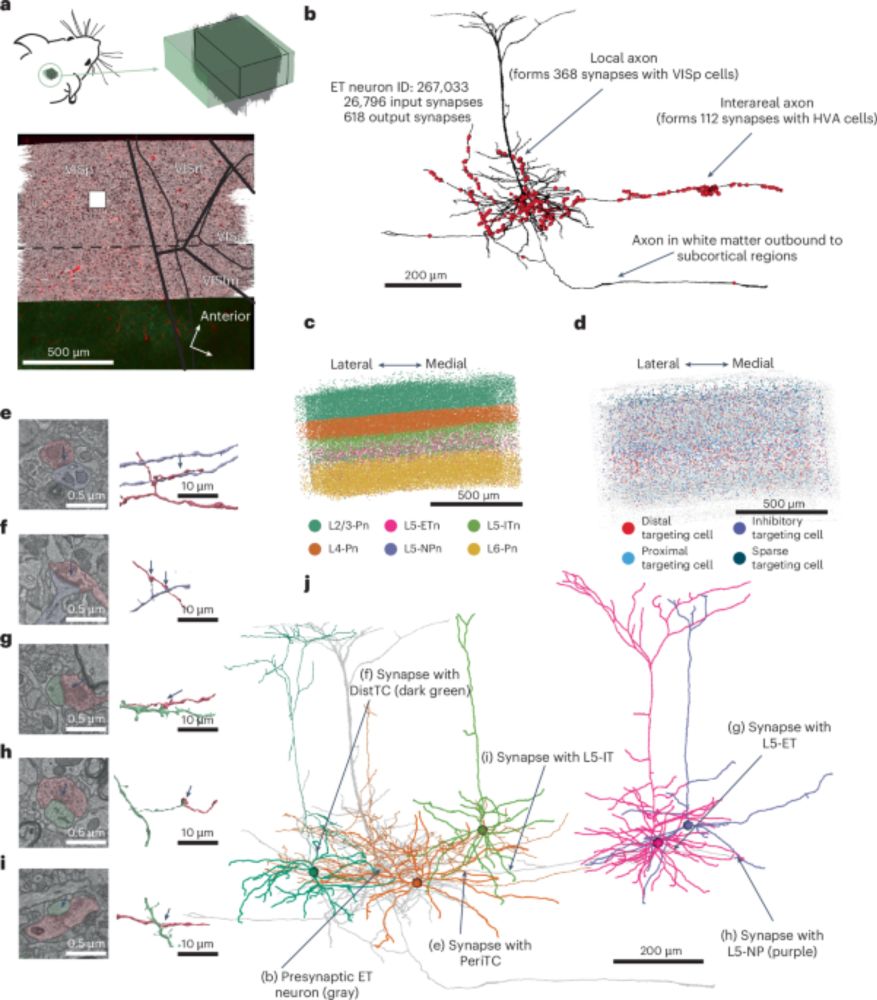
The synaptic architecture of layer 5 thick tufted excitatory neurons in mouse visual cortex - Nature Neuroscience
This study maps the connections of layer 5 pyramidal neurons in the mouse cortex, revealing distinct local and intercortical wiring patterns, and provides an open framework for exploring the connectiv...
www.nature.com
Reposted by Ben S. Huang
Reposted by Ben S. Huang
Reposted by Ben S. Huang
Reposted by Ben S. Huang
Reposted by Ben S. Huang
Marius Pachitariu
@marius10p.bsky.social
· Jun 24
Reposted by Ben S. Huang
Ben Kanter
@beneuroscience.bsky.social
· Jun 26
Reposted by Ben S. Huang
Nature
@nature.com
· Jun 25
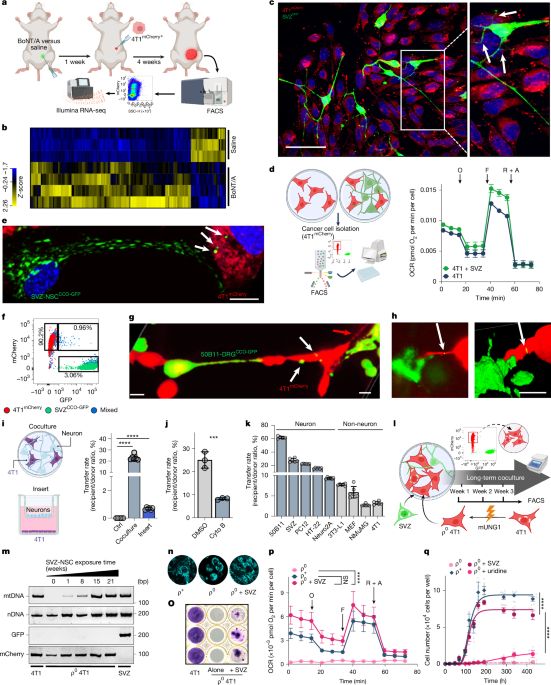
Nerve-to-cancer transfer of mitochondria during cancer metastasis - Nature
A study reports the development of a method to trace intercellular transfer of mitochondria, and demonstrates that cancer cells that receive mitochondria from neurons have enhanced metastatic capabilities.
go.nature.com





